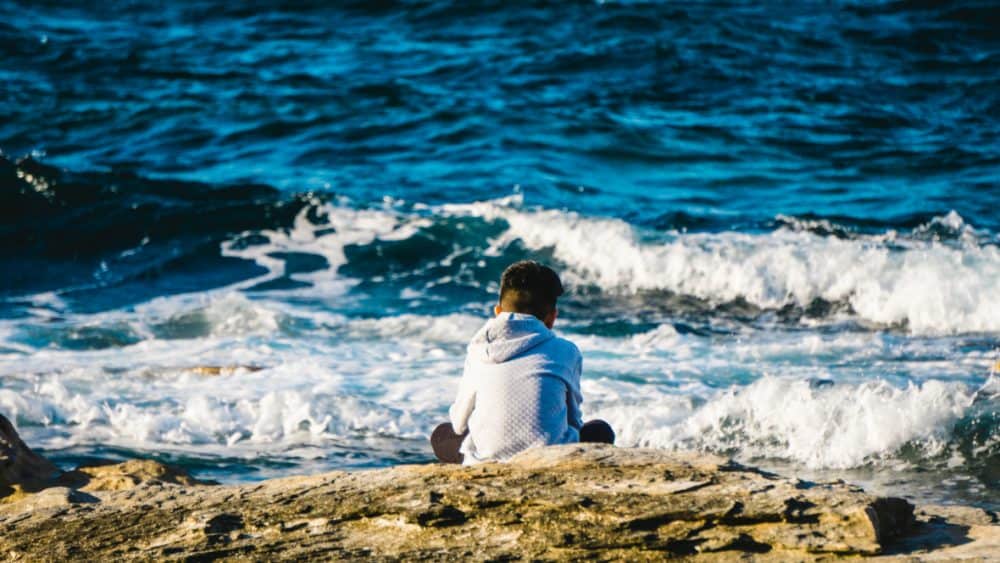Anxiety in children is at an all time high. Although many of these worries are a normal part of growing up, a part of health development, there are times when children may feel more anxious or worried than usual.
Covid-19 may be contributing to increased anxiety. Children may be feeling isolated from their friends, grieving for their normal routines. It is important as parents and carers to support children during these difficult times, to listen to their fears and acknowledge that these emotionally challenging times for everyone, regardless of age.
One way to help children navigate through these turbulent waters is to teach them mindfulness techniques. Mindfulness is the regular and repeated act of directing our attention to the present moment. Mostly, our attention follows whatever is most interesting; mindfulness helps us to focus without judging ourselves when we can’t. It’s used to reduce stress, improve wellbeing, and address mental health and can be practiced by everyone.
Learning mindfulness techniques can not only help children now during these challenging times but also arm them with the tools to handle any stressful situation they may be faced with in the future.
Traditionally, mindfulness involves being still and centred for a length of time. However, you cannot expect children to sit still and focus on their breath for 45 minutes. Techniques commonly used in adults just won’t work with kids.
Mindfulness for children should be interactive, play-based, and focused on sensory and body awareness. It should use emotional vocabulary and sensory language (for example, talking about sounds, taste, textures and smells), be hands-on where possible, and most importantly, it should be fun.
Three Mindfulness activities for children:
Belly Breathing
Have your child pick out their favourite soft toy. Ask them to lay on the floor and place their cuddly on their tummy. Get them to start breathing slowly in and out. Encourage them to pay attention to their toy and it gently moves up and down with their breath. Do this for around three to five minutes. It is especially good while getting ready for bed.
Robot Reboot
Ask your child to pretend they are a robot. Using a remote control (either make a pretend one from a cereal box or use a TV one) pretend to “shut-down” your robot for essential work. Get them first to lay down on the floor. Then shut down the feet and legs, move up the body to the arms and hands, before getting to the face and brain by getting them to power down. Ask ‘robot’ if they can still feel any “electricity” in their body after it’s been shut down. If they mention an area in the body that still feels charged, get them to focus on it while you double click the remote to deactivate it again. Use this mindfulness technique for as long as your child is willing to participate.
Safari Sensory Exploration
Go for a walk outside and ask your child to notice or find five of the following: Different sounds; matching colours; different textures; different smells. This is a great way to get them to focus on their surroundings, to keep them in the present. You can create a bingo-style checklist and see who is the first to tick off all the various finds. If the weather is poor, you can adapt this game to be played inside.
If you are concerned about your child’s health and wellbeing, they may benefit from a consultation with one of our medical team. Call us on 01243 771455 or email info@www.meyerclinic.co.uk for more details.
Article courtesy of the The Lockdown Survival Handbook.








Comments are closed.